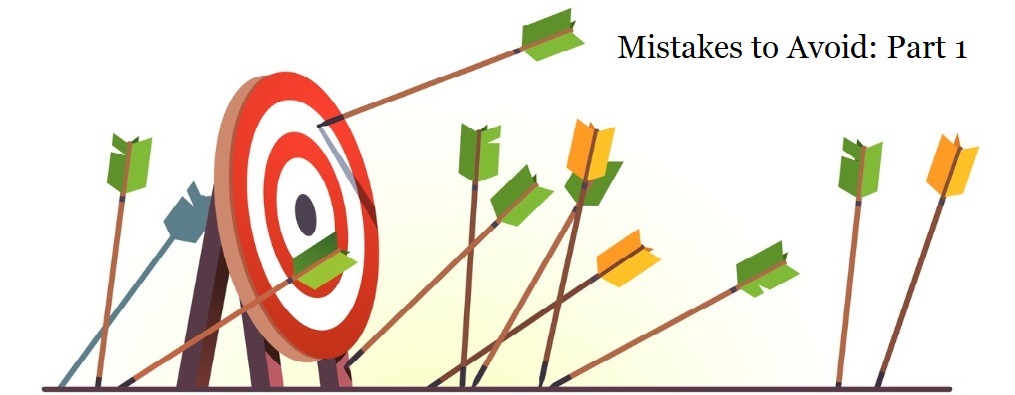
Ever wish you knew more? I do. I always wish I knew more because when I don’t know enough is when I experience disappointment. And the more I grow in my professional life, the more I realize my limitations. But I keep growing. I used to be a college kid, now I’ve got two kids of my own. I used to be a salesman, now I’m a business owner. My business grew and now I am a board member of my trade organization, the Machinery Dealers National Association. And in each new position I find myself (parenting, work, service) the teacher that is life – continues to show me how much I have yet to learn. And sometimes the lessons are painful. But along the way I have learned from my customers some of the pitfalls to avoid in the machinery world.
Over the next three blogs posts I’ll share three mistakes customers have realized they made when buying new machines. Mistakes they didn’t realize until it came time to sell the surplus unit, or when they wanted greater flexibility in their machining capabilities.
These are lessons I have learned from my side of the table when trying to get our customers top dollar for their great condition surplus machines.
But as always – this is an open conversation and my words here are open to being challenged (There’s an exception to every rule). I would love to hear your feedback in the comments section.
Mistake #1 to avoid when buying a new machine:
I can’t believe in this decade I’m still saying this but here goes: in 2021 if you absolutely do not need the open space on the Z-axis of a lathe – BUY THE TAILSTOCK! Most manufacturers include the tailstock as integral to the lathe, but for some it is still an option (ie: you pay more for it to be included on the unit). In the parlance of machinery dealers - machines without tailstocks are called “chuckers.” When purchasing a new Haas CNC lathe, for instance, the additional charge for a tailstock is somewhere in the neighborhood of $6,000 on the smaller lathes (ST10) and up to $14,000 on the large capacity (ST45). But “chuckers” can be found in all brands: Okuma, DMG Mori, Doosan and others, and rare is the buyer who specifically seeks the chucker when buying used.
Example: We were just offered a 2017 Okuma LB35. I got excited because I had not seen a late model CNC lathe of that size capable of performing hard turning in a while. After getting new and used comps we began to develop a value for this machine and started thinking about how to promote it. Then we requested additional photos of the interior and only then discovered there was no tailstock! Aargh! This would have been a machine widely considered by many shops with many applications…NOW this unit is limited to manufacturers performing 2-axis work on short workpiece sizes. In fact, I called a colleague of mine that sold new Okuma and he suggested this machine was specifically suited to the fracking industry in that geographical area and would have little appeal outside of that.
The customer still needed it sold – but now the percentage of buyers on the pie chart just went from 20% to 5%. Premium brand, perfect condition… but a chucker… it’s like waking up Christmas morning and jumping with joy as you see a bicycle peaking from behind the tree, only to realize you can’t put a rear tire on it.. IT’S A UNICYCLE!
- Estimated ROI considerations: saving $7,000 at point of new sale by not ordering the Tailstock – deduct $15,000 at point of used sale down the road, or worse – cannot sell because bulk of buyers require work support in the form of a tailstock.
Again, please do not take insult to the above recommendation. We know that certain applications make great use of simpler machines, but if at all possible, from our perspective, we whole-heartedly endorse purchasing the tailstock on your next new CNC Lathe purchase. You’re new machinery dealer is not trying to upsell you when they encourage the tailstock purchase, but they will accommodate you if you push back because the buyer is always right. But please remember -- Universals are universal!
(this is part 1 in a series of 3 “Mistakes to avoid when buying a new machine”)
